
The ongoing conflict in Ukraine is often presented in mainstream media and political discourse as a simple bilateral dispute between Ukraine and Russia—a territorial clash rooted in historical tensions, national sovereignty, and regional security concerns. This narrative, while convenient for framing the immediate military and diplomatic exchanges, significantly oversimplifies the intricate web of geopolitical interests, strategic calculations, and ideological battles that underpin the crisis.
In reality, the Ukraine conflict is much more than a regional war; it is a pivotal front in a larger, high-stakes geopolitical confrontation involving some of the most powerful global actors. The United States, through its military alliances, diplomatic influence, and economic policies, has positioned itself as a central figure in shaping the conflict’s trajectory. NATO, the military alliance ostensibly created to ensure collective security in Europe, has played a significant role in providing military aid, intelligence, and strategic support to Ukraine, effectively transforming the war into a broader test of Western resolve and influence.
Meanwhile, the European Union, although primarily focused on economic integration and regional stability, has become entangled in the conflict due to its economic ties with Russia, energy dependencies, and shared security concerns. The EU’s policies—ranging from sanctions to military support—are driven by a desire to counterbalance Russian influence, but they also serve broader strategic interests that align with US objectives.
Understanding this complex dynamic is crucial because it shifts the perception of the conflict from a localized dispute to a symptom of deeper geopolitical tensions. It highlights that the war in Ukraine is not merely about defending Ukrainian sovereignty or responding to Russian aggression; it is also about the contest for influence, economic dominance, and strategic supremacy on the global stage. Recognizing the roles and interests of these major players helps clarify why the conflict has persisted, why it has escalated in certain ways, and what possible avenues for resolution might look like.
In essence, seeing the Ukraine crisis through this broader lens reveals that the real stakes are not just territorial or national but are intertwined with the global balance of power. This understanding is vital for any efforts aimed at peace, as it underscores the necessity for negotiations and solutions that account for the interests of all major parties involved, rather than focusing solely on Ukraine and Russia.
The Origins of the War: An Economic Battle Started in 2014
Many discussions surrounding the Ukraine conflict focus on the dramatic escalation in 2022, when Russian forces launched a full-scale “special military operation”. However, this perspective overlooks the deeper, more complex roots of the crisis that stretch back nearly a decade earlier. The true origins of this ongoing war can be traced to 2014, a pivotal year marked by significant geopolitical upheavals that set the stage for future confrontation.
In 2014, Russia annexed Crimea, a strategic peninsula that had been part of Ukraine but has a predominantly ethnic Russian population. This annexation was not merely a territorial dispute; it was a calculated move that had profound economic, political, and strategic implications. Crimea’s annexation was followed by unrest in eastern Ukraine, where pro-Russian separatists seized control of parts of the Donbas region, leading to a brutal and protracted conflict. These events signaled a clear shift in regional dynamics and demonstrated Russia’s willingness to assert its influence over its near abroad.
However, many analysts interpret these developments as more than isolated territorial disputes. They view them as part of a broader strategic effort by Western powers to weaken Russia’s economic stability and diminish its regional influence. From the outset, the Western response was multifaceted: sanctions, diplomatic pressure, propaganda campaigns, and covert operations aimed to destabilize Russia’s economy and undermine its geopolitical position.
The initial measures taken by the US, NATO, and the European Union were designed with a specific purpose in mind: to create economic and political pressure that would limit Russia’s ability to project power. Sanctions targeted key sectors such as energy, finance, and military technology, effectively choking off some of Russia’s vital economic arteries. Diplomatic isolation was employed to diminish Russia’s influence on the global stage, while covert efforts sought to sway public opinion and destabilize political institutions within Russia itself.
Crucially, these actions were not purely about responding to Ukraine’s internal affairs or defending Ukrainian sovereignty. Instead, they reflected a broader strategic goal: to weaken Russia’s economic resilience and regional dominance. By imposing economic hardships and diplomatic constraints, Western powers aimed to curtail Russia’s capacity to act as a rival on the global stage, effectively trying to reshape the geopolitical landscape in their favor.
This ongoing economic contest has had profound consequences. While Russia has demonstrated resilience in many ways, these measures have contributed to a protracted struggle that continues to influence the course of the conflict today.
Understanding this origin story reveals that the Ukraine crisis is rooted in long-term strategic objectives and economic confrontations, rather than being an isolated or purely military conflict. Recognizing these roots is essential for anyone seeking to comprehend the true nature of the war and the potential pathways toward resolution.
The Costs and Consequences: Who Truly Suffers?
While the primary objective of the United States, NATO, and the European Union was to weaken Russia’s economic and geopolitical influence, the reality has proven far more complex and costly than initially anticipated. These Western actors embarked on a series of measures—sanctions, trade restrictions, and diplomatic isolations—with the aim of exerting pressure on Russia to change its behavior.
However, the unintended consequences of these policies have been profound, affecting not only Russia but more detrimentally the economies and societies of the nations implementing them.
One of the most immediate and visible impacts has been a sharp rise in energy prices. Because many European countries depend heavily on Russian natural gas and oil, sanctions and supply disruptions have led to skyrocketing costs for consumers and industries alike. This has fueled inflation across Western economies, eroding purchasing power and increasing living costs for ordinary citizens. Supply chains have been severely disrupted, causing shortages of essential goods, increased production costs, and delays across various sectors—from manufacturing to agriculture.
Image is from InfoBrics
Politically, these economic pressures have sparked unrest and dissatisfaction within Western societies. Rising fuel and energy prices have become a focal point for protests and political debates about the sustainability and morality of ongoing sanctions and support for Ukraine. Some governments face internal pressure to reconsider their strategies, leading to a more cautious or even contradictory approach to the conflict.
Despite these significant economic and political costs, the Western efforts have not succeeded in destroying or crippling Russia’s economy as intended. Russia has demonstrated remarkable resilience, adapting by pivoting toward new trade partners, boosting domestic production, and leveraging alternative financial mechanisms to circumvent sanctions. While Moscow has faced a certain degree of hardships, it has managed to sustain its key economic sectors and continue its strategic objectives.
Meanwhile, the burden of economic suffering has fallen most intensely on the European Union, which is heavily dependent on Russian energy exports. The EU’s efforts to reduce reliance on Russian fossil fuels, while strategically important, have come at a steep economic price—higher energy bills, reduced industrial competitiveness, and increased inflation. Many European nations have struggled to balance their economic needs with their political and moral commitments, leading to internal divisions and policy dilemmas.
In essence, what was initially portrayed as a strategic victory for the West has morphed into a costly quagmire. The economic pain, political unrest, and strategic setbacks faced by Western nations have undermined their own stability and prosperity more than they have significantly impacted Russia’s capacity to pursue its objectives. This dynamic raises critical questions about the long-term efficacy and morality of the current approach, highlighting that in geopolitical conflicts, the side that bears the greatest suffering is often not the one originally targeted.
Recognizing who truly suffers is essential for understanding the broader implications of the conflict and for shaping future policies aimed at achieving sustainable peace and stability.
The Real Losers: US, EU, NATO, or Russia?
As the conflict and its broader economic repercussions unfold, it becomes increasingly evident that the primary loser is not Russia, but the United States and its western European allies. While these entities initially engaged with the goal of weakening Russia’s influence and deterring its strategic ambitions, the long-term outcomes have been markedly different from their expectations. Instead of achieving decisive leverage over Moscow, they have found themselves entangled in a costly and complex geopolitical quagmire.
The prolonged involvement of Western powers has resulted in significant economic damages that ripple through their societies. Rising energy prices, inflation, disrupted supply chains, and increased military and diplomatic expenditures have collectively strained national budgets and undermined economic stability. Ordinary citizens in Europe and North America are feeling the pinch—higher fuel and utility bills, increased inflation on everyday goods, and a general sense of economic uncertainty. These hardships have, in many cases, fueled political discontent, protests, and debates over the sustainability and morality of ongoing sanctions and military support.
Furthermore, the strategic objectives that once seemed attainable—such as isolating Russia, weakening its economy, or removing its influence from Ukraine—have not materialized as planned. Russia has demonstrated resilience and adaptability, managing to withstand sanctions and maintain its core economic and military capabilities. Meanwhile, Western nations have found their own economies strained and their geopolitical influence somewhat diminished by overextension and internal divisions.
This situation prompts a fundamental and urgent question: what is the genuine path forward? The current trajectory, characterized by escalating sanctions and prolonged conflict, seems increasingly unsustainable and counterproductive. It risks escalating regional instability, impoverishing Western societies, and deepening global economic downturns, all while failing to bring about a clear resolution or peace.
The path ahead requires a serious reevaluation of strategies. It involves seeking diplomatic solutions that can address core security concerns without inflicting further economic hardship on Western populations. It also demands a recognition of the limits of economic sanctions as a tool for achieving strategic objectives, and an exploration of alternative approaches—such as dialogue, negotiated settlements, and confidence-building measures.
The true losers in this ongoing saga are those who bear the economic and social costs—ordinary citizens, workers, and vulnerable populations—whose lives are disproportionately affected by geopolitical conflicts that, in many cases, serve broader strategic interests. The challenge now is to chart a course that prioritizes sustainable peace, economic stability, and regional security, rather than continued escalation and mutual impoverishment. Only through pragmatic diplomacy and a willingness to compromise can a truly constructive and lasting resolution be achieved, ensuring that future generations are not burdened by the mistakes of the present.
A Call for New Leadership: Negotiations Among the Major Powers
In light of the ongoing conflict and the increasing recognition of the profound costs borne by all parties involved, it is clear that the current approach—focused on prolonged, often superficial peace negotiations between Ukraine and Russia—is insufficient and ultimately serves as a smokescreen for Western setbacks. These negotiations, while seemingly aimed at ending hostilities, have often been characterized by delays, rhetorical posturing, and a refusal to address the fundamental issues at stake. They risk giving the illusion of progress while avoiding the uncomfortable realities of strategic recalibration and acknowledgment of Russia’s position on the global stage.
What is urgently needed instead is a bold, high-level summit that brings together the major powers directly involved or significantly affected by the conflict: Russia, the United States, the European Union, and NATO. Such a summit would serve as a pivotal turning point—a clear signal that the time has come to move beyond superficial diplomatic gestures and to engage in honest, substantive dialogue aimed at charting a sustainable path forward. This gathering would not merely be a symbolic gesture but a recognition of the complex geopolitical realities that have evolved over the course of the conflict.
Instead of futile peace negotiations between Ukraine and Russia—merely a façade to mask Western setbacks—what is necessary is a high-level meeting involving Russia, the United States, the European Union, and NATO. Such a summit would symbolize the acknowledgment of Russia’s strategic position and the eventual recognition that Western ambitions have been thwarted. It would signify that the West, particularly the US, must accept a degree of strategic surrender and shift toward a diplomatic resolution that respects Russia’s interests.
This summit would symbolize a fundamental shift in Western strategy—an acknowledgment of Russia’s strategic position and the limitations of Western ambitions to isolate or weaken Moscow indefinitely. It would signal that the West, particularly the United States, must accept a degree of strategic reality—a recognition that its previous objectives have been thwarted or compromised. Such an acceptance is not a sign of weakness but a necessary step toward pragmatic diplomacy, which prioritizes stability, security, and mutual respect over unachievable maximalist goals.
By engaging in honest negotiations, the major powers can work toward a diplomatic resolution that respects Russia’s interests, addresses the security concerns of all parties, and reduces the risk of further escalation. This would involve diplomatic concessions, confidence-building measures, and possibly new security arrangements that acknowledge the realities on the ground. It also requires a shift from zero-sum thinking toward a more cooperative approach—one that recognizes the importance of coexistence, sovereignty, and regional stability.
This call for new leadership and high-level negotiations is about breaking free from the cycle of conflict and confrontation. It is about recognizing that peace can only be built on mutual understanding and acknowledgment of strategic realities. A summit of this nature could lay the groundwork for a durable peace, reduce the risks of future conflicts, and restore a sense of stability and order in a region that has been deeply destabilized. It is a necessary step toward ending the current impasse and fostering a diplomatic environment where the interests of all major powers are recognized and respected, paving the way for a more stable and secure future for everyone involved.
The Illusion of US Control and the Reality of Putin’s Power
For years, the narrative propagated by the United States and its allies has maintained that they hold the reins of influence over the evolving geopolitical landscape, asserting that their strategic initiatives and policies are shaping the course of events in Ukraine and beyond. This perspective suggests that Washington and its partners are in command, able to dictate outcomes through sanctions, military aid, and diplomatic pressure. However, this view is fundamentally flawed and superficial, serving more as a propaganda tool than an accurate reflection of the true balance of power.
In reality, Russian President Vladimir Putin has consistently demonstrated remarkable resilience, strategic adaptability, and a capacity to shape the course of events in ways that Western policymakers often underestimate or dismiss. Despite the economic sanctions, diplomatic isolation, and military support extended to Ukraine by Western powers, Russia has not only endured but has also asserted its influence in the region and globally. Putin’s leadership has shown a capacity to absorb shocks, mobilize domestic support, and employ a range of diplomatic and military strategies that have kept Russia firmly in a position of strategic dominance.
The Western efforts to impose unreasonable, even ridiculous, demands on Russia have, rather than subdue Moscow, strongly reinforced Putin’s ground of being undermined by a hostile West determined to destroy Russia’s sovereignty.
Sanctions, rather than crippling Russia’s economy and military, have sometimes prompted Moscow to accelerate self-sufficiency measures, diversify its economic partnerships, and deepen strategic alliances with countries like China and others that are wary of Western dominance.
This paradox reveals that the Western narrative of control is increasingly a façade—an illusion that masks the underlying reality: Russia, under Putin’s leadership, is calling many of the strategic shots. From military decisions to diplomatic maneuvers, Russia retains significant leverage, often setting the terms of engagement and influencing the broader geopolitical environment. Putin’s ability to navigate sanctions, maintain stability, and pursue strategic objectives despite external pressure underscores a fundamental shift: Western power, while formidable, does not grant them unchallenged control over Russia’s actions or its long-term strategic direction.
Understanding this reality is crucial for recalibrating diplomatic and strategic approaches. The myth of Western dominance has led to overconfidence and miscalculations, whereas recognizing Putin’s resilience and Russia’s strategic agency opens the door to more realistic and effective policies. It underscores the importance of engaging with Russia on its terms, recognizing its interests, and avoiding the trap of believing that Western pressure alone can dictate Russia’s behavior. Ultimately, the true balance of power lies not in Western perceptions of control but in the tangible, resilient strength of Putin’s Russia—a force that is shaping the future of the region and challenging Western assumptions of dominance.
The EU’s Role: Pushing Ukraine to Prolong the War
The European Union, often seen as a cohesive and strategic actor on the global stage, has taken a particularly assertive stance in supporting Ukraine’s fight against Russia. However, this unwavering push for Ukraine to continue resisting and fighting—despite the mounting costs—raises serious questions about the wisdom and long-term consequences of such policies. In many ways, the EU’s approach borders on foolishness or outright recklessness, as it appears to prioritize short-term support for Kyiv over the broader stability and prosperity of its own member states.
Image: EU Commission President Ursula von der Leyen and Ukraine President Volodymyr Zelensky (Source: Public Domain)
Encouraging Ukraine to prolong hostilities inevitably leads to a cascade of adverse effects within the EU. The ongoing conflict strains European economies, which are already grappling with inflation, energy shortages, and disrupted supply chains.
The costs associated with military aid, refugee support, and economic sanctions against Russia are piling up, placing an enormous financial burden on EU countries. These expenditures—while presented as necessary for defending European values and security—are increasingly unsustainable, risking a deepening economic malaise across the continent.
Furthermore, the relentless push for continued conflict risks eroding the political and social cohesion within the EU. As economic hardships intensify, public opinion may shift against prolonged engagement, fueling skepticism, nationalism, and anti-establishment sentiments. Such internal divisions threaten to weaken the unity that has historically been the EU’s greatest strength in advocating for collective interests. Countries may begin to question the wisdom of supporting a war that appears to serve Western interests less and less, especially as the strategic and economic costs become more apparent.
EU policymakers seem to have underestimated—or perhaps wilfully ignored—the true cost of their unwavering support for Ukraine. By prioritizing a stance that insists on Ukraine’s continued resistance, they risk sacrificing the economic stability and political cohesion of their own nations. This approach could lead to a situation where the EU’s internal unity is fractured, its economies weakened, and its strategic influence diminished. Moreover, prolonging the conflict without a clear and viable path toward peace may ultimately serve to entrench a state of perpetual instability, undermining the very security and prosperity that the EU seeks to uphold.
In essence, the EU’s current strategy reflects a dangerous gamble—one that may backfire, leaving European nations more vulnerable and less resilient in the face of geopolitical upheaval. A reassessment of policies that prioritize sustainable peace and stability over endless conflict is urgently needed to prevent long-term damage to the European project and the well-being of its citizens.
Conclusion
The Ukraine conflict represents more than a localized military confrontation; it is a pivotal chapter in a broader, complex geopolitical struggle that extends far beyond the battlefield. In this ongoing crisis, the true battleground is not merely physical—fought with weapons and troops—but also strategic and economic, where influence, resources, and alliances determine the future global order. As the conflict drags on, it has become increasingly clear that the primary losers are the United States, the European Union, and NATO, all of which face mounting costs, diminished influence, and internal strains. Their efforts to shape the outcome through military support and economic sanctions have often produced unintended consequences, weakening their own positions and fueling instability.
This realization opens the door to a fundamentally different approach—one rooted in diplomacy, dialogue, and a pragmatic acknowledgment of existing power realities. Rather than doubling down on policies that perpetuate conflict and deepen divisions, major powers should recognize the importance of engaging in honest negotiations that reflect the true geopolitical landscape. A candid acknowledgment of Russia’s strategic interests, regional influence, and security concerns is essential in crafting a sustainable and mutually acceptable resolution. Such an approach requires a willingness to move beyond rigid ideological stances and to seek common ground, even if it means accepting a new geopolitical equilibrium.
Embracing diplomacy and negotiation does not signify weakness; rather, it embodies pragmatic realism and a commitment to stability. History demonstrates that prolonged conflict often leads to deadlock, suffering, and long-term instability, whereas negotiated settlements—though challenging—offer a more sustainable path to peace. Recognizing existing power dynamics and seeking a resolution that respects the interests of all major stakeholders can help prevent further escalation and lay the groundwork for future cooperation.
Ultimately, the true victory in this crisis will not be achieved through continued military engagement or sanctions, but through the courage to acknowledge reality and the wisdom to pursue dialogue over destruction. Moving toward a recognition of Russia’s position and forging a new, more balanced geopolitical framework can lead to lasting stability, economic recovery, and the preservation of international order. The path to peace is complex and fraught with difficulties, but it remains the most pragmatic and beneficial course for all involved, offering a chance to rebuild trust, restore stability, and create a more sustainable future.
*
Click the share button below to email/forward this article. Follow us on Instagram and X and subscribe to our Telegram Channel. Feel free to repost Global Research articles with proper attribution.
Prof. Ruel F. Pepa is a Filipino philosopher based in Madrid, Spain. A retired academic (Associate Professor IV), he taught Philosophy and Social Sciences for more than fifteen years at Trinity University of Asia, an Anglican university in the Philippines. He is a regular contributor to Global Research.
Featured image source
Global Research is a reader-funded media. We do not accept any funding from corporations or governments. Help us stay afloat. Click the image below to make a one-time or recurring donation.
Counter Information publish all articles following the Creative Commons rule creative commons. If you don't want your article to appear in this blog email me and I will remove it asap.


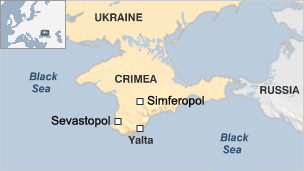





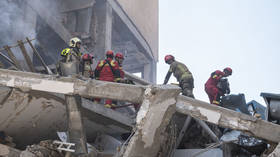
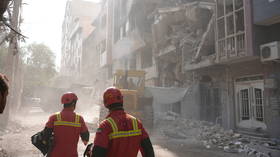
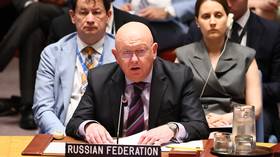
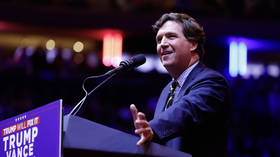
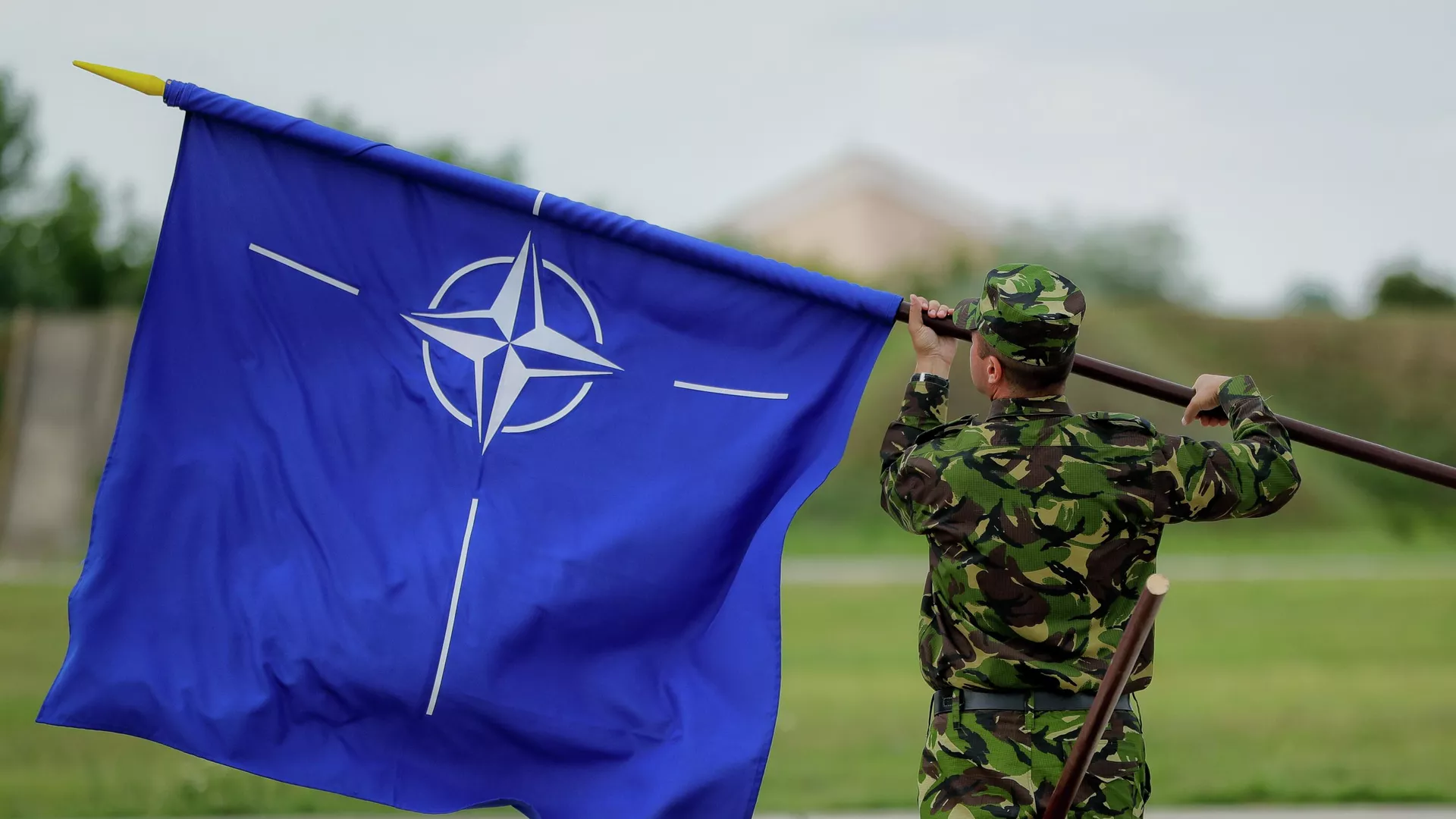
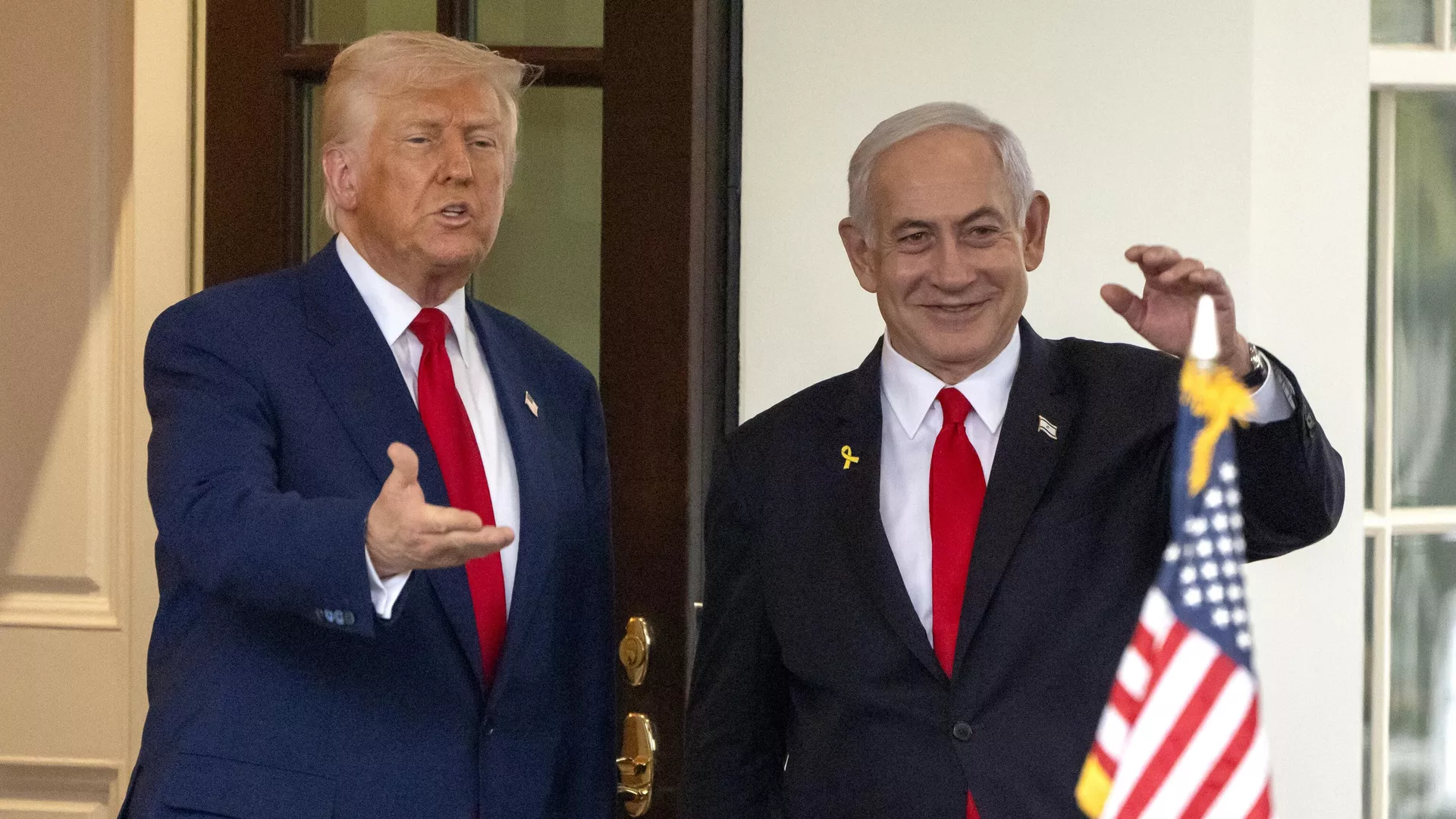
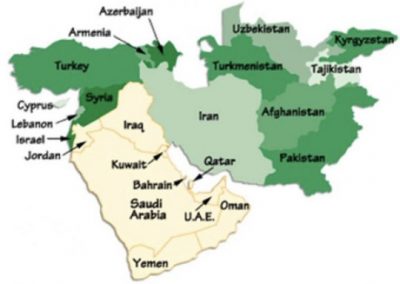


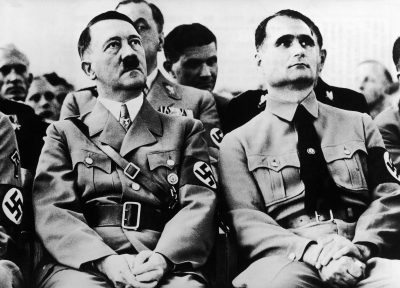

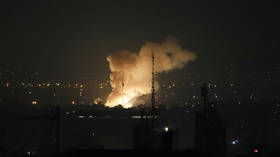
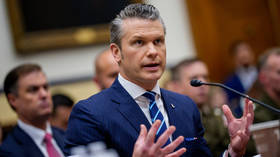


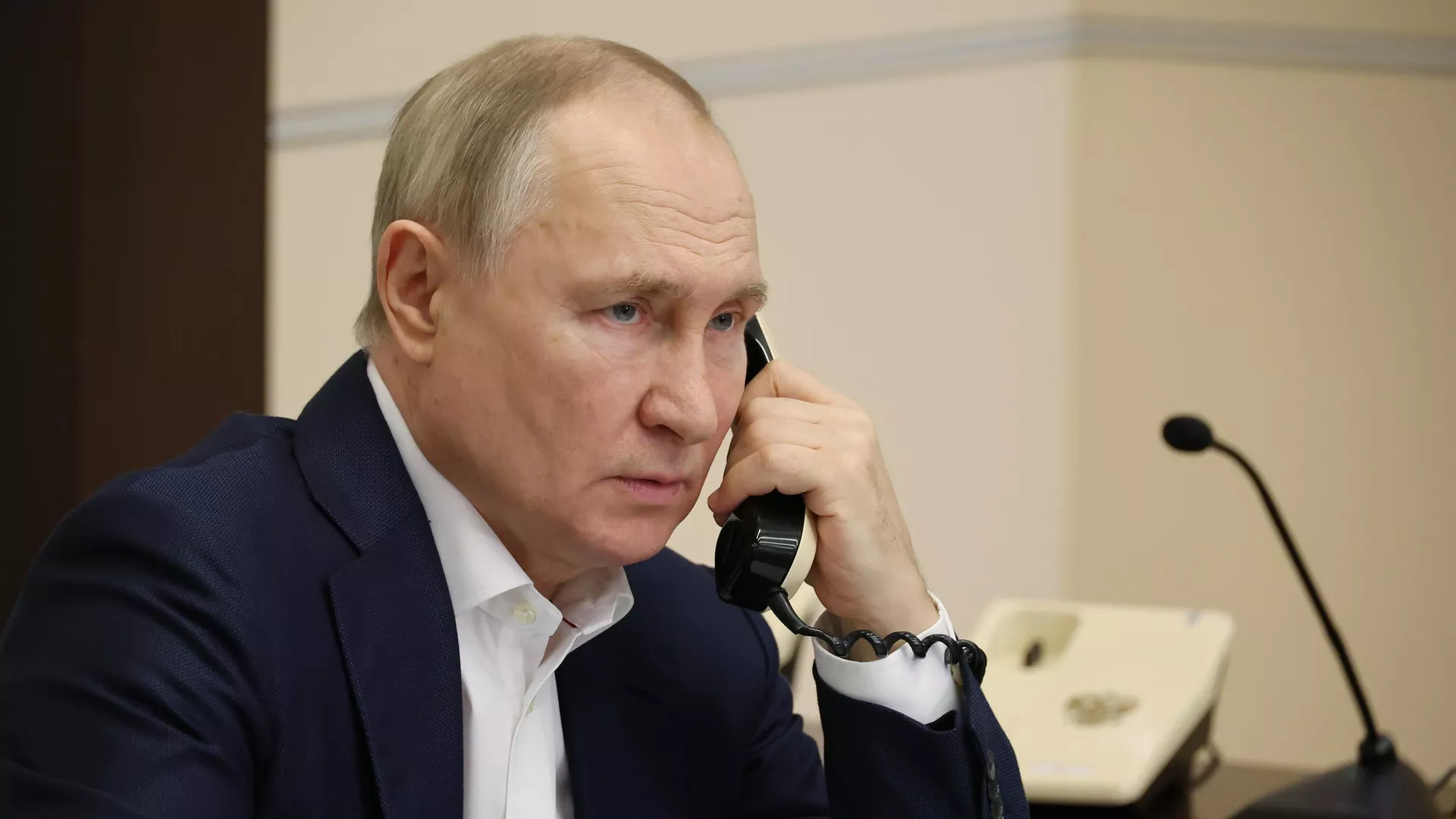
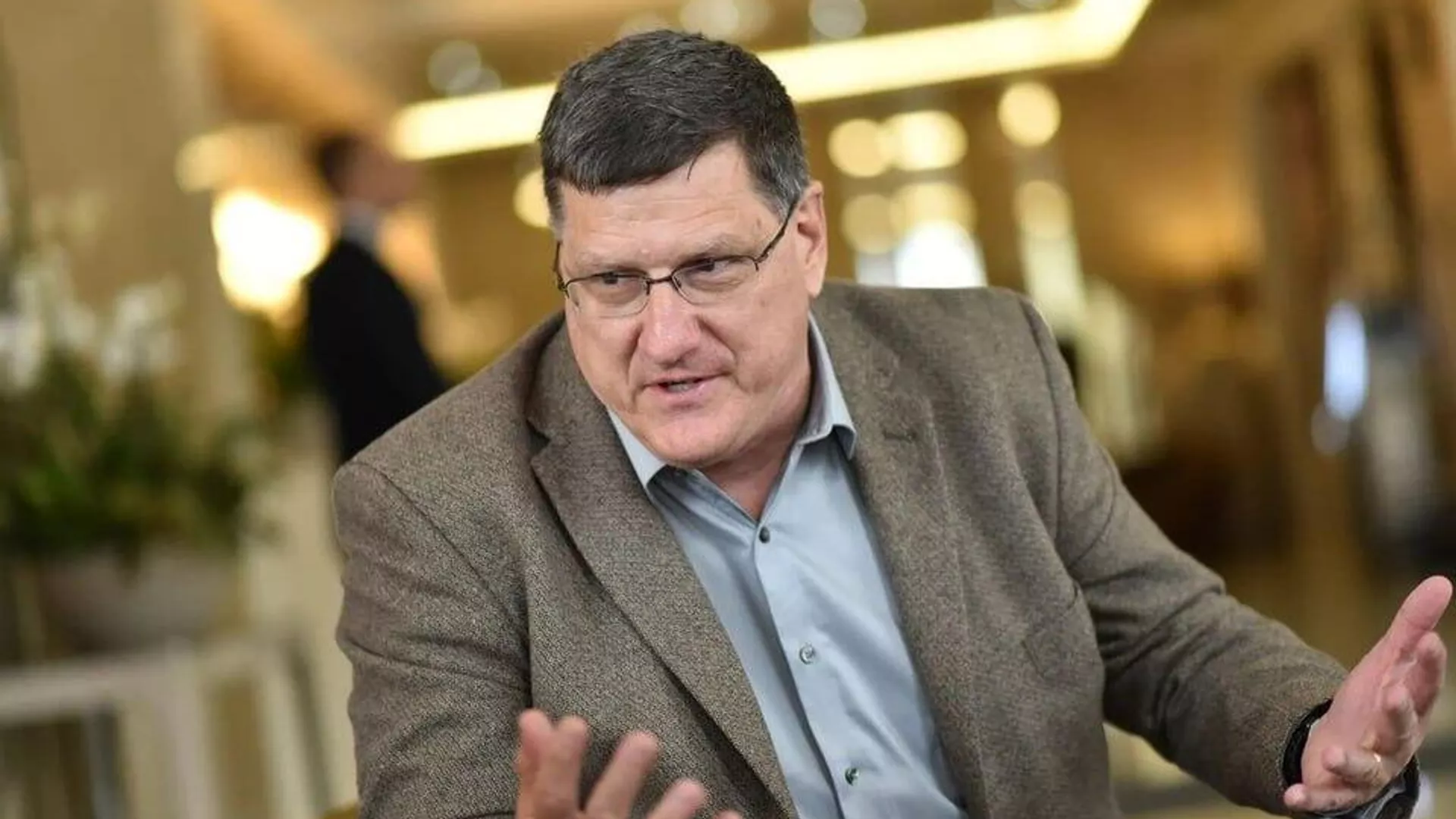



















No comments:
Post a Comment